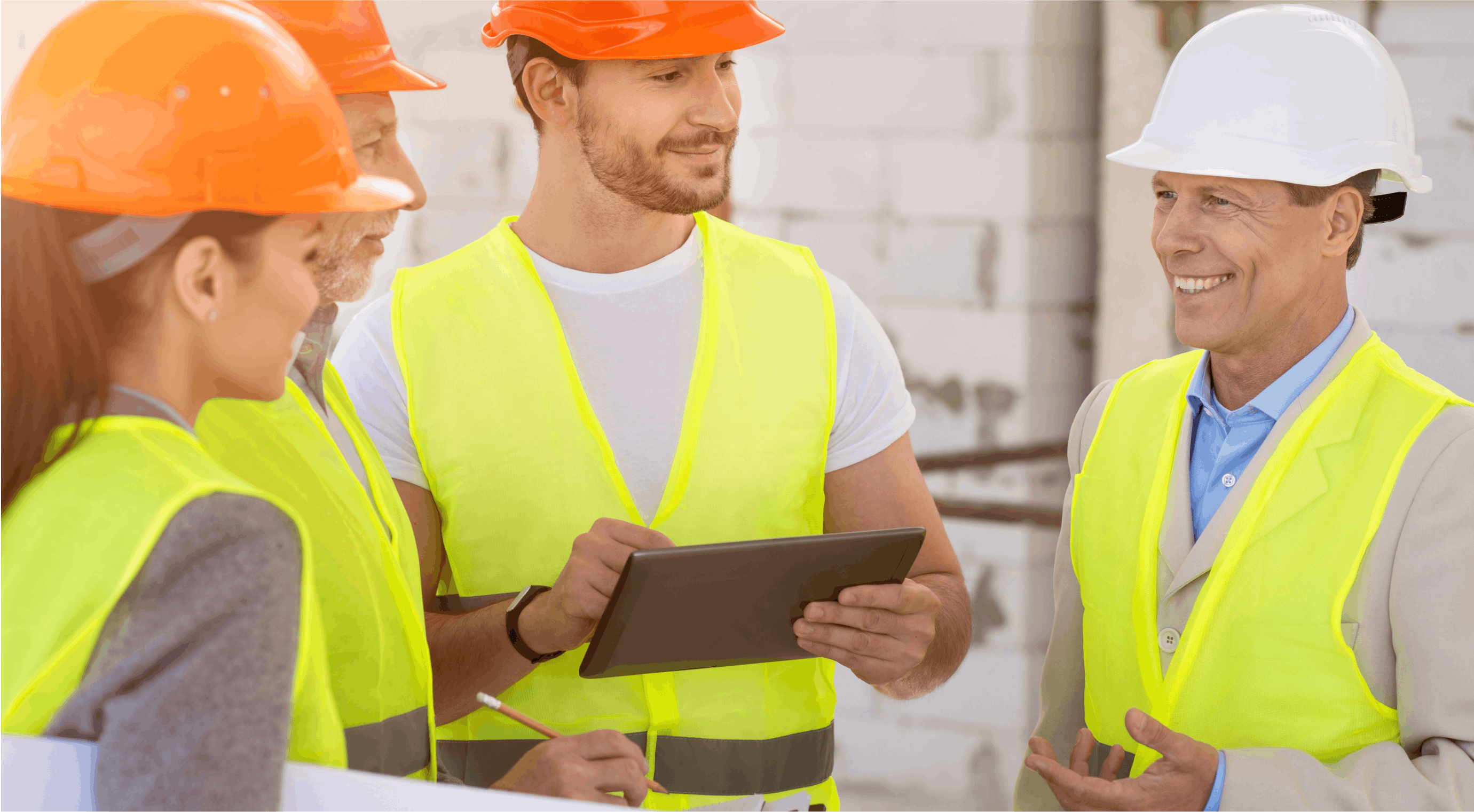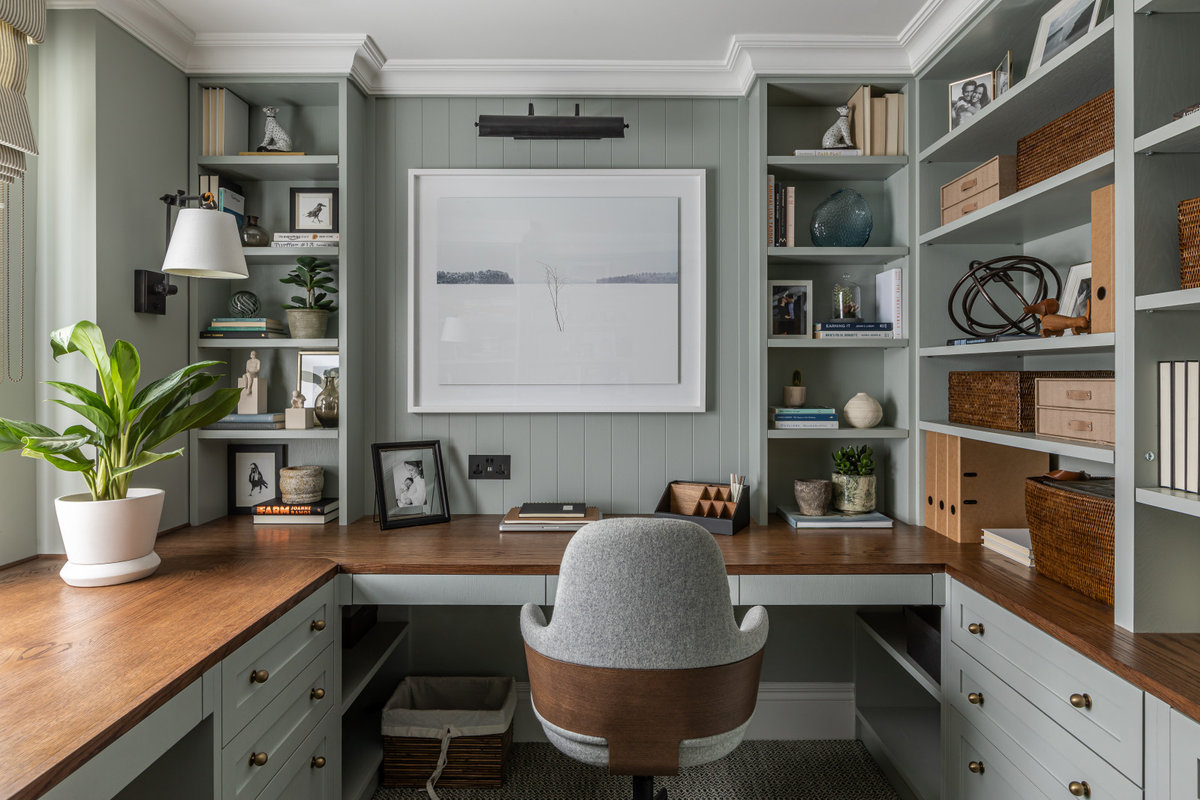5 Tips to Boost Business Profits, Growth and Job Satisfaction
Get better results faster with these smart ideas for business management

A goal without a plan, as the saying goes, is merely a wish. If you want to increase profits and grow your business, you’ll want to look at each facet contributing to and detracting from profit and growth. Let’s look at what matters and how to formulate a plan that works for you.

1. Define “Profit” and “Growth” on Your Terms
No question, financial profit is important and it’s especially important to pay attention to the potential for increasing profit. Builders and designers are facing plenty of challenges right now, so it’s important to define your success in more than financial terms. Consider expanding your definition of “profit” to include any kind of gain that matters to you, whether it’s gaining time to spend with family and friends, gaining a sense of calm when business is booming or gaining the peace of mind that comes with organisational efficiency.
Similarly, “growth” doesn’t have to mean taking on more projects or hiring more people. It could mean growing into an area that better suits you, taking on better projects or learning new skills. Think about what would most improve your business – and your life.

2. Take Careful Stock of Costs
Accounting for the costs of materials and subcontractor services seems like a no-brainer, but with certain costs skyrocketing and others that can sneak in under the radar, it’s more important than ever to make sure you’re accounting for every single line item.
In addition to job costs, you’ll want to factor in any cost increases or delays beyond your control.
“We now have a clause that states, basically, estimates are valid for 12 days,” says Tasha Ranieri of Ranieri Construction. “Any and all materials will be purchased within two days of contract signing. Any unforeseen pricing changes beyond our control, in labour or rough materials costs, will be passed on to the customer.”
“I would also add how important [accurate cost estimation] is from a client standpoint,” says home builder Bryan Payne of Many Mansions. “When costs are a huge variable, it’s OK to not get a quote back to the client in the normal timeline. Take a few extra weeks or a month to request real quotes from suppliers and subcontractors, rather than estimating costs. That way you can confidently convey real costs without several change orders.” Payne also suggests not using one- to two-month-old quotes. “Get real-time costs, as things change quickly.”

3. Treat Time as Money
“Time is money in this industry,” says contractor Taghi Shaw of Waze Development. “The more time you spend putting an estimate together, getting a lead imported into the system, the more money you're losing.”Consider ways to reduce the time it takes to do any or all of the following:
- Building an estimate
- Invoicing
- Managing client communications
- Handling change orders
Technology can go a long way toward helping you save time and increase productivity, and there doesn’t need to be a steep learning curve. Houzz Pro’s invoicing feature and client collaboration tools are simple to use and do more than just save time; they reduce the chances of lost messages, oversights and errors that lead to costly mistakes.
Saving time on a project directly benefits the bottom line, because every hour of work you or your team save means less cost outlay for labour, any equipment and vehicle rentals, and more time to spend on other revenue-driving activities. But staying organised yields another important benefit: a feeling of calm, order and professionalism that extends to every part and every person working on the project.
It’s all about “pre-planning, pre-planning, pre-planning,” says Bryan Payne of Many Mansions. “Make sure all your ducks are in a row, because then the build goes super smooth.” Doing a post mortem on all your building projects will help you pre-plan for the next one to help ensure smooth sailing.

4. Analyse Afterwards
Although thoroughly reviewing every project once it’s done takes time, it’s time well spent. Analysing what went wrong and what went right can save you money later, because it can help you spot areas to improve. A few starter ideas to consider:
- Compare every expected cost with every actual cost. How accurate were your estimates for line items and the total project?
- Did unexpected issues occur that impacted the schedule negatively? If so, how can you avoid them going forward?
- Did hired labour perform as expected? If not, is it time to rethink subcontractors?
“Material delays are a huge issue right now. We have mandated that all materials are at a job before we start the project. That way there are no delays that are out of our control. Also, the clients know what they’ve spent on materials, so no unexpected costs,” said Tasha Ranieri of Ranieri Construction LLC.
“We are clear, up front, about timelines and costs. We have learned to minimise change orders, in the effort to keep timeline/costs in check.”

5. Set Goals and Manage Expectations
Now that you’ve defined “profit” and “growth” for yourself and have a game plan for managing fluctuating costs, improving productivity and doing post-project reviews, you can build a plan that includes specific goals and expectations. Consider both objectives for the company’s performance as a whole as well as goals for individual employees that will create job satisfaction and growth.
If your goals include boosting revenue by landing more projects, for example, you’ll want to create a step-by-step plan to maximise your:
- Online presence
- Branding, marketing and advertising
- Lead management
Houzz Pro can help in all three of these areas – for instance by creating a custom website for your business. To help individual employees, consider setting goals and expectations through formal or informal reviews. Work with them to define a plan that will encourage their own growth if they want. And make sure they’re on board with your company’s mission statement, values and practices.
“If you both talk about how you do business and how you do budgets, processes, timelines, everything, and it matches up, well then that’s a good start,” Payne says, “but it’s really explaining what’s important to you, because this is important to the clients.” That means you’ll want to ensure that expectations for any employees and contractors align with both your company’s goals and what will keep clients happy.
With the right planning and team in place and the Houzz Pro tools to help you maximise your efforts, you’ll be well on your way to more profit and growth no matter how you define them.













